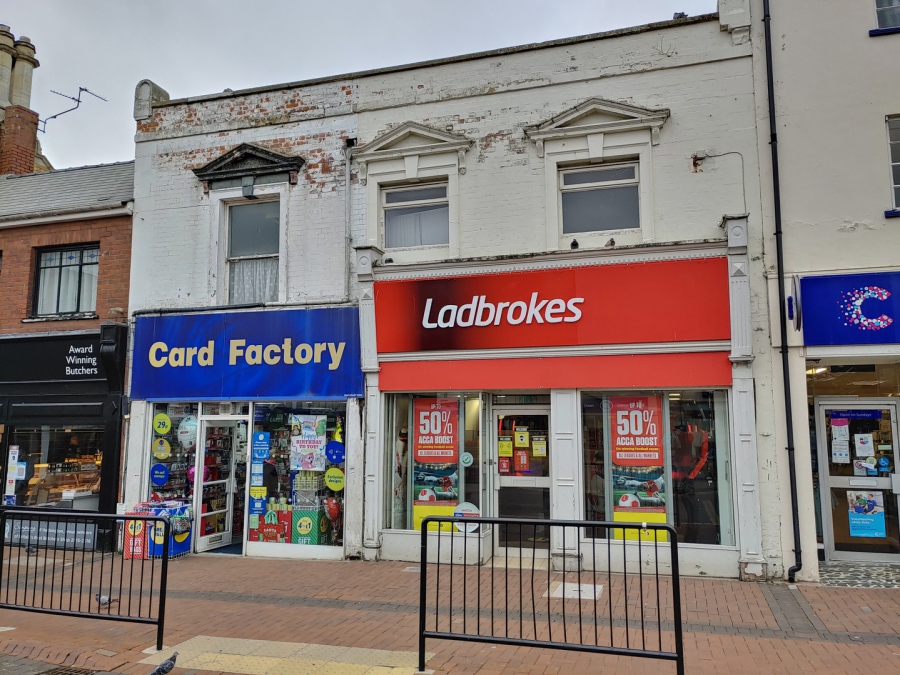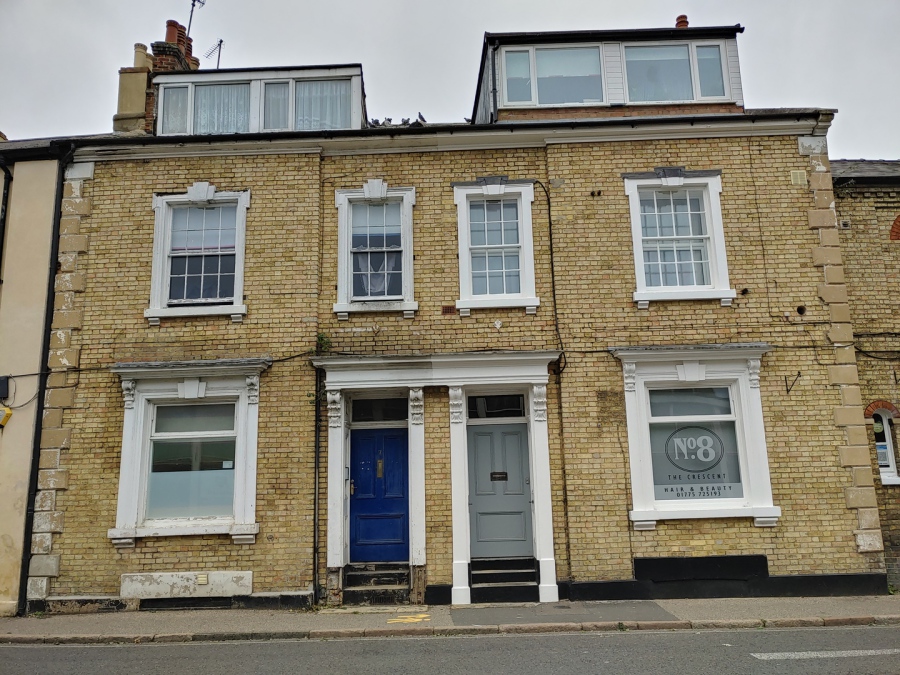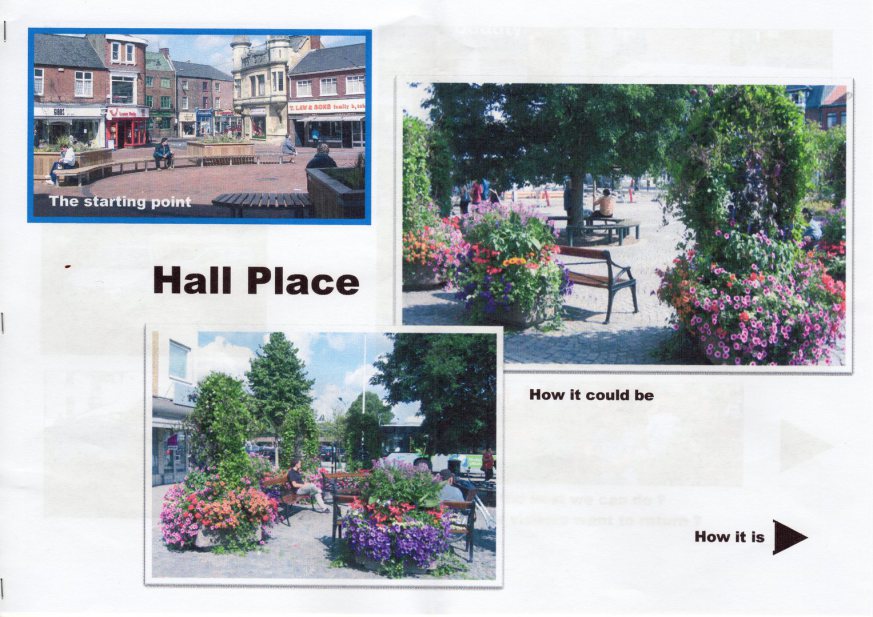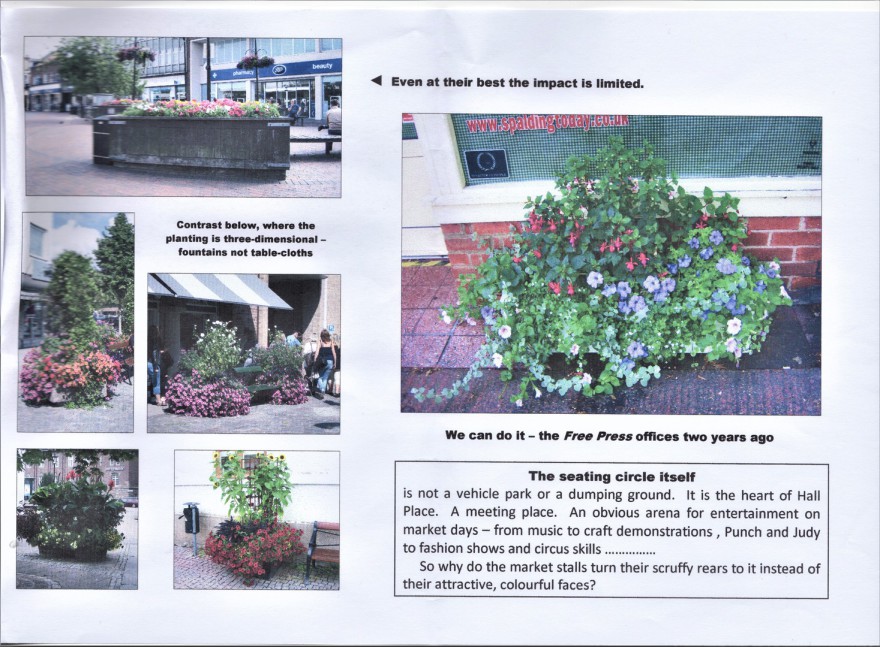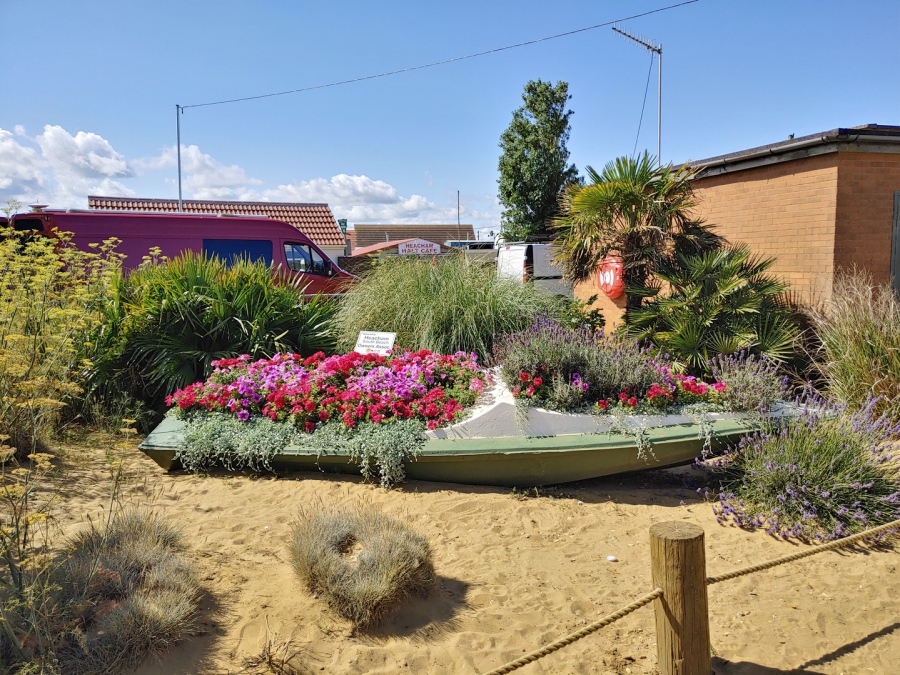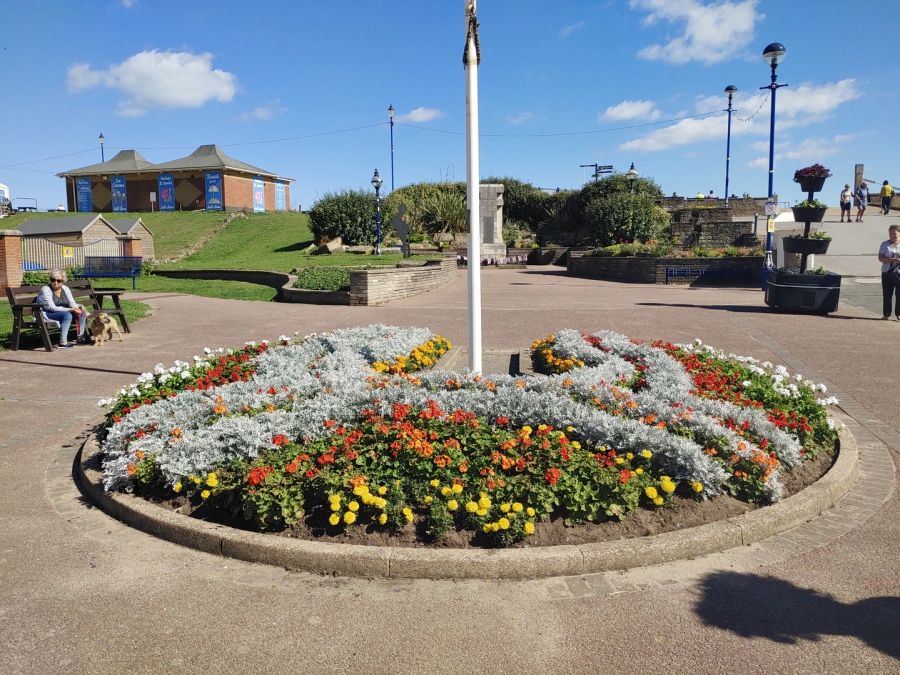Town Centre Regeneration Steering Group: Initial Submission
What has changed from your perspective as a stakeholder in recent months?
During the first lockdown we saw volunteers step forward to form the Covid Kindness Team. This was led by individuals who do not fall into the category of “the usual suspects” and they were generally of the younger generation. It is clear that they did so because they care about the people of the town. It provided evidence that there are those who are willing to be involved in community projects. Can they be encouraged to continue to be involved in projects that strengthen the community spirit which in turn would lead to increasing the sense of place and community spirit leading to enhanced Civic Pride?
It was good to see some town centre businesses adapt and offer services such as home delivery and collection services. Hopefully they will not be required on a widescale basis in future but options for the elderly and the disabled could still be encouraged.
The Council’s Social Media team did a good job during lockdown to promote awareness of the actions being taken. The use of social media could be looked upon as a new normal in community engagement yet the Council has three Facebook pages (SHDC_official and SHDC_Communities and South Holland District Council Dog Warden) – why not have a single page using the South Holland District Council name?
The Society has always wanted to encourage a more vibrant town centre, and following the initial Stakeholders’ meeting during which there was a general agreement that the market could be one of the drivers for regeneration, it was disappointing to see that the level of support was reduced rather than increased, leading to many stallholders abandoning the market. That will make it harder for the regeneration we want to see to happen.
Do we know whether the Springfields extension proposals are still on track? Understanding that will help inform regeneration considerations.
What are the opportunities and challenges for Spalding town centre that you foresee in response to the recent changes?
It is clear that many businesses will be under immense pressure over the Winter and that the High Street in general, which was already under pressure, will be under greater pressure. It is very likely that we could see businesses close, with a risk that this could lead to more empty shops and decay in our buildings. There are buildings in the town that are in need of some t.l.c., which affects the attractiveness of the town, one of the areas flagged up by the High Streets Task Force.
Helping landlords and/or tenants to address these issues would enhance the attractiveness of the town.
This perhaps offers an opportunity through some kind of grant scheme to encourage property owners to invest in their buildings (particularly upstairs rooms) which would help create jobs in the conservation and general building maintenance sector. However, it needs to be supported by the appropriate technical advice. Could this be sourced through the High Streets Task Force?
The decline of the market is a particular challenge. The High Streets Task Force highlights that ”transmission of COVID-19 is less likely outdoors, and this could prove an opportunity for markets to increase in importance as part of the town centre offer.”
When we do enter a permanent Covid-19 recovery phase the market would provide opportunities for business start-ups at relatively low cost. A strong market also offers resilience to town centres & are adaptable and flexible.
Spalding is a significant centre of the food supply chain and we are a food producing area. There is the potential to encourage greater participation in a Farmers’ Market, which could provide an important outlet in the event of disruption to the food supply chain, but also help bring our communities together.
Spalding has missed out on an important marketing initiative that our neighbours Stamford & Boston have taken up.
These videos, which are highly effective on Social Media, come from the last tranche of EU money which the Local Government Association highlighted earlier this year. If there is money available then can Spalding claim it? Boston has at least 15 videos financed by this fund.
Marketing of a place is promoted very strongly by the High Streets Task Force.
Spalding has unique selling points and unique businesses. For example the recent use of the image of The Hiring on a report from Spalding that was broadcast on BBC Politics North recently shows that we have an image that could be our own version of “The Angel of The North”
The Market Trail is another selling point that could be promoted by a video that could be circulated on Social Media. The Society has worked with Transported to come up with other ideas for street art that would provide a long-term benefit to the town. The Arts Council Evidence Review cites the work of Transported on page 9 and concludes that programme has enabled local people to develop new skills, supported everyday wellbeing and, through the provision of more social opportunities and bringing a new sense of local through art, built a greater sense of place and community.
Covid-19 has resulted in an increase in home working but also a move from the Cities to more rural areas. It will not have gone unnoticed that the local property market has been very buoyant. This may have resulted in an inward migration to the district with the area being perceived as having lower numbers of Covid-19 cases. Should that be the case, as people discover more about the community, there may be increased demand for more culture and improved services at a time when local authority funds will be stretched.
The community spirit that comes from adversity needs to be nurtured. We are now a diverse community with citizens from different ethnic backgrounds. Many Europeans have made a choice to settle here and are contributing to the local economy. They and their descendants are Spaldonians and there is an opportunity to involve them in the regeneration project in ways that may help address some of the anti social behaviour that has blighted our town in recent years. Such behaviour is not acceptable in any society and if all who care about where they live were involved, it would leave those who let their fellow nationals down (regardless of where they are from) increasingly isolated in such a way that they would have little choice but to reform their behaviour.
Post Covid thought should be given to reinvigorating town twinning that could lead to cultural events and tourism.
What do you consider should be the current priority areas of focus to support Spalding town centre, in light of recent events?
Wider engagement with all the stakeholders and residents in the town should be developed to harness views as to what are the priorities for the long term.
There has been an increased use in video conferencing and social media to allow connectivity whilst the restrictions are in place – this offers opportunities to develop more ways of engagement in the consultation process. For example a series of virtual citizens assemblies would offer opportunities for the issues that the Stakeholder group is tasked with addressing to be aired with the wider community in the town. For example the Council’s Facebook page could be used to create a series of events in the form of video teleconference calls, which would allow the public to see these discussions either in real time, or in recorded time which would be an ideal way of demonstrating transparency and engagement, and it may result in ideas being put forward in the comments section that the group may not have considered.
Over the next few months external expertise should be sought through the High Streets Task Force to assist Place leadership in developing a shared vision that the community can get behind There should be ongoing efforts to identify funding and to bid for it. If SHDC do not have the resources to undertake this work then perhaps now is the time to look outside the local authority. In the absence of a town council thought should be given to setting up a BID which in partnership with the local authority could be charged with the task of identifying funding opportunities and developing programmes to match them.
In the interim, the town should undertake quick and affordable fixes such as keeping the town free of litter, maintaining the roundabouts surrounding the town, and a programme that makes the town look more attractive from enhancing street furniture, improving floral planting and supporting outdoor events.
The society has repeatedly put forward proposals to improve the planting in the town. We are happy to supply stakeholders of copies of proposals dating back to 2006! Little of which has been implemented. The latest in the lead up to lockdown related to thoughts on planting.
Contrast Spalding with displays seen in Heacham, Taunton, and Sutton-on-Sea. These would be relatively simple and affordable fixes. The only cost would be some imagination and perhaps making better use of what we already have.
A more comprehensive improvement of the riverside would perhaps be a medium term project, but addressing health and safety issues should be a priority and would provide a sense that the local authority is maintaining the town.
Lets treat it as the gem that it is. Broken paving, rotten benches and poor bins sends a negative message to visitor and local alike. Run down areas attract vandalism and those who engage in anti-social behaviour.
Town map display boards are inconsistent and out of date and in some cases are illogically placed. These are important elements in marketing the town and again should not be big-ticket items. Maps with sponsored advertising inevitably end up being out of date, so why take this path? Contrast the map in Ayscoughfee Gardens with the Water Taxi map. The latter is more imaginative, so why was it not adapted for use in Ayscoughfee Hall and why are there not versions of it at the Railway Station, the bus station and near to car parks and in the town centre? Furthermore the one that does exist has been water damaged and spoilt by graffiti. What does this say to the casual visitor?
The water taxi times appear to be an afterthought hidden away by the landing stage. The water taxi is one of our hidden gems that will be facing challenges during Covid. If its existence was promoted at The Railway Station or car parks encouraging visitors to walk through the town to discover it, it would add to footfall.
The above are all quick fixes that could be done in a matter of months. Addressing them would cover appearance, place marketing and non-retail offer and it would send a powerful signal to the community that there is serious intent about regenerating the town.
From the list of the 25 Vital and Viable Priorities identified by the High Streets Task Force the following should be actioned at the earliest opportunity.
APPEARANCE
PLACE MARKETING
NETWORKS & PARTNERSHIPS WITH COUNCIL
MARKETS
NON-RETAIL OFFER
RETAIL OFFER
BARRIERS TO ENTRY
INNOVATION
DIVERSITY
NECESSITIES
PLACE MANAGEMENT
REDEVELOPMENT PLANS


